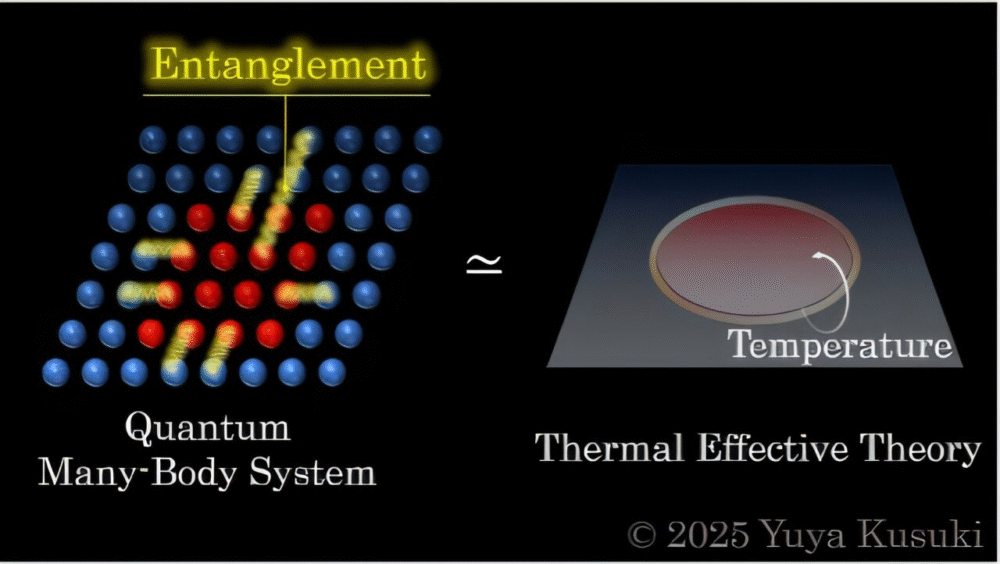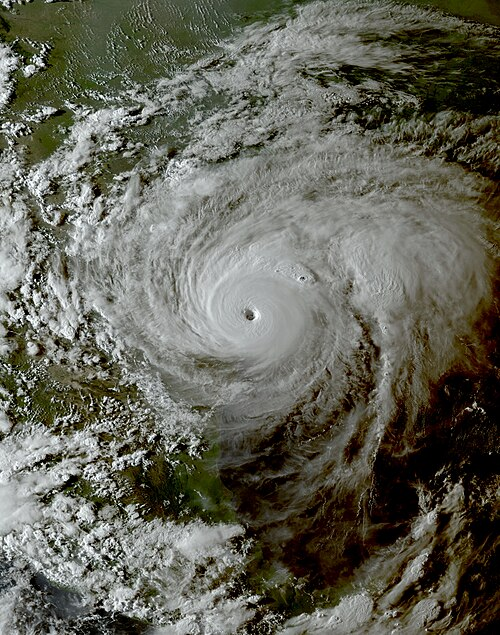Physicists Discover Universal Rules Behind Quantum Entanglement


Quantum entanglement has always been one of those mind-bending concepts that makes us question how the universe really works. Imagine two particles, separated by miles—or even light-years—yet somehow still connected in a way that defies common sense.
This strange but fundamental feature of quantum mechanics is at the heart of quantum computing, quantum communication, and even our attempts to understand black holes.
Now, a team of researchers has taken a major step forward in explaining it. They’ve discovered that quantum entanglement follows universal rules across all possible dimensions of space and time.
Their study, published in Physical Review Letters, shows that by using something called thermal effective theory, scientists can uncover deep, simple patterns in what at first glance seems like an impossibly complex phenomenon.
Cracking the Code of Entanglement
In classical physics, the story is simple: particles act independently once they’re far apart. But in the quantum world, that rule breaks down. Two particles can remain strongly correlated no matter the distance.
This “spooky action at a distance,” as Einstein once called it, is more than just a curiosity—it’s the foundation of technologies like quantum computers and ultra-secure quantum communication networks.

To study this phenomenon, physicists often use a tool known as Rényi entropy. This measure helps capture how information is distributed across quantum states. Think of it like a way to quantify the hidden complexity of entangled particles. Rényi entropy has been crucial for testing whether certain systems can be simulated and has even played a role in tackling the famous black hole information paradox.
But here’s the catch: most of our understanding has been limited to very simple setups, usually one spatial dimension plus time (called 1+1 dimensions). Extending these ideas to higher dimensions—where reality actually unfolds—is far harder. That’s where Kusuki and his team’s breakthrough comes in.
The Thermal Effective Theory Breakthrough
The group, led by Yuya Kusuki from Kyushu University (working with colleagues from the University of Tokyo and Caltech), turned to a framework from particle physics known as thermal effective theory.
This approach looks for universal behaviors that emerge in complicated systems, even when the details differ.
By applying this theory to quantum entanglement, the team discovered that Rényi entropy in higher-dimensional systems is governed by just a handful of key parameters. One of the most important is something called Casimir energy, a concept from quantum field theory that captures subtle effects of quantum fluctuations.
Even more impressively, they showed that these universal rules apply not just in one or two dimensions but across all spacetime dimensions. That’s a huge deal—it means that the chaotic landscape of quantum entanglement may actually be guided by deep and elegant laws.
Why This Matters
This isn’t just a theoretical curiosity. By understanding these universal patterns, physicists can improve how we simulate quantum systems, which is essential for building practical quantum technologies. It also opens the door to new ways of classifying quantum states, helping researchers tell apart different kinds of entangled systems.
And let’s not forget the big-picture implications: these insights could provide fresh angles on the mystery of quantum gravity—the elusive theory that would unite quantum mechanics with Einstein’s general relativity. If entanglement really does follow universal rules everywhere, it could serve as a guiding thread that links the smallest particles to the fabric of spacetime itself.
Looking Ahead
For now, Kusuki and his colleagues see this as just the beginning. They plan to refine the thermal effective theory further and apply it to more complex systems. Each step could bring us closer to a unified understanding of entanglement, one of nature’s most puzzling and powerful phenomena.
It’s a reminder that sometimes, even in the strangest corners of physics, simplicity emerges out of complexity. And that’s something worth being curious about.





